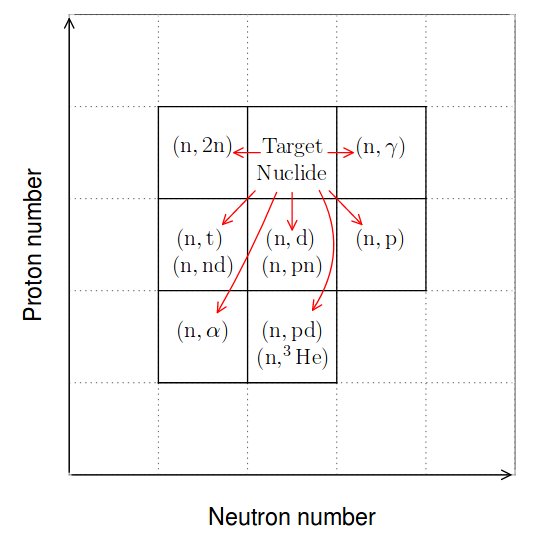
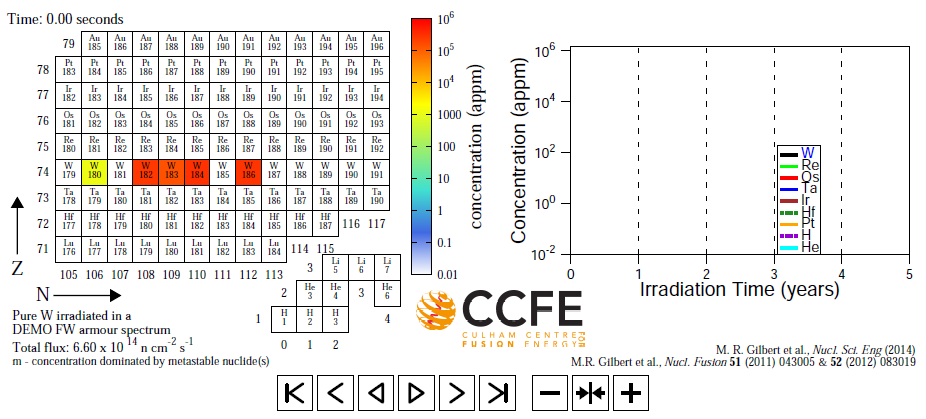
Optimising neutronics performance of breeder blankets
Jonathan Shimwell
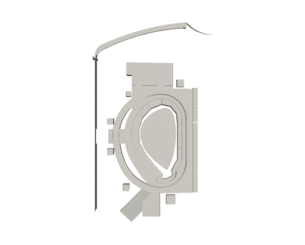






To perform automated parametric multiphysics analysis of breeder blanket designs with an aim of optimising the design.
Objective
To perform automated parametric multiphysics analysis of breeder blanket designs with an aim of optimising the design.
Selection of design parameters
Parametric CAD construction
Neutronics simulation for TBR and EM
Converstion to unstructured mesh
Neutronics simulation for volumetric heating
Converstion to engineering mesh
Simulations to find stress and temperature
Evaluate design
Converstion to CGS
Interpolate
performance
Demonstration parameter study
- CAD geometry for 100 different versions of the HCPB breeder blanket was automatically produced
- Parameters varied were
- lithium ceramic bed height (0-60mm)
- neutron multiplier bed height (0-120mm)
- lithium 6 enrichment (0-100%)
- neutron multiplier materials (Be, Be12Ti, Zr5Pb4)
- lithium ceramic materials (Li4SiO4, Li2TiO3)
- CAD geometry converted to neutronics models
Demonstration parameter study
- Different geometric parameters avaiable
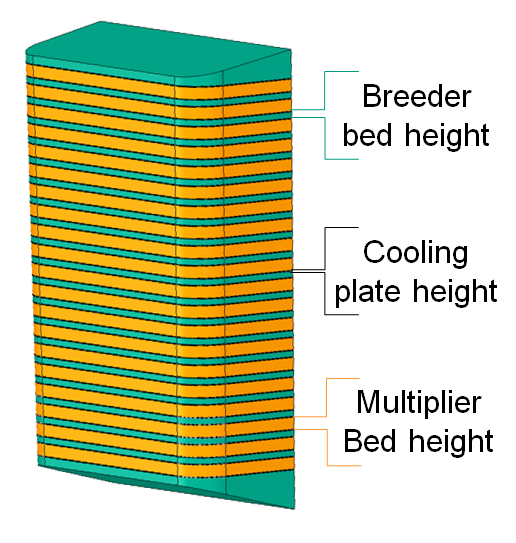
Demonstration parameter study

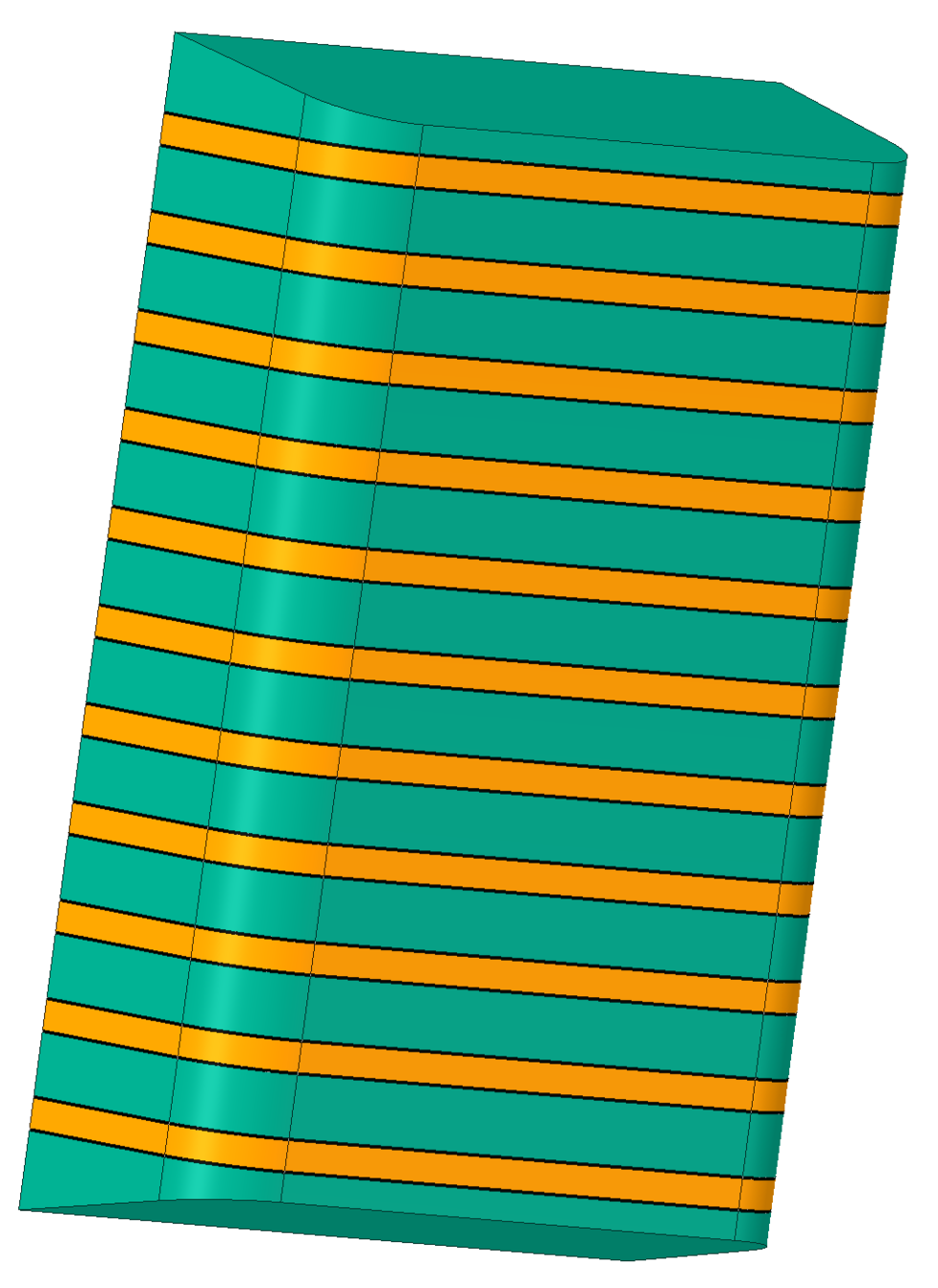
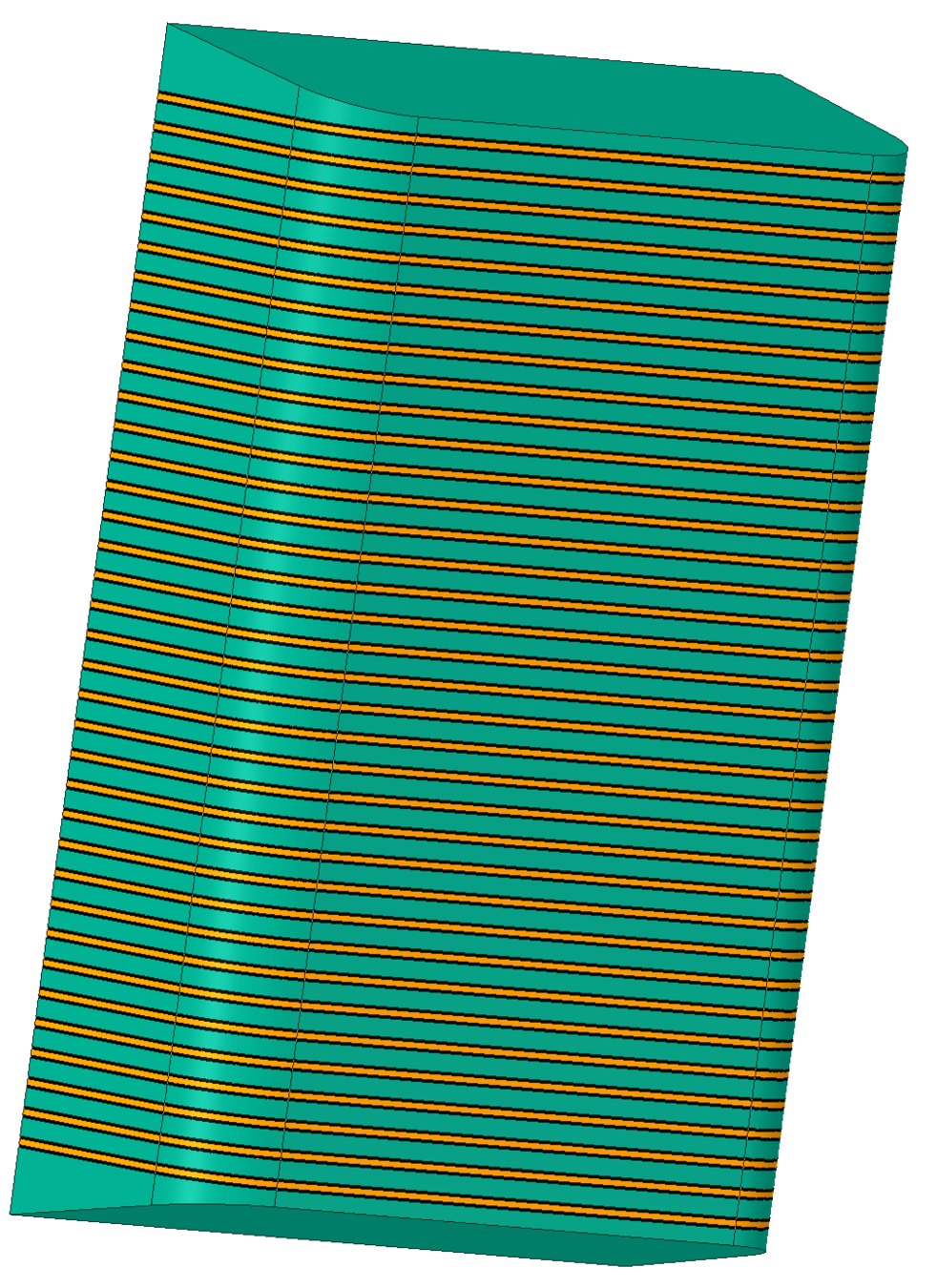
Interpolation of results
Li4SiO4 with 60% 6Li and Be
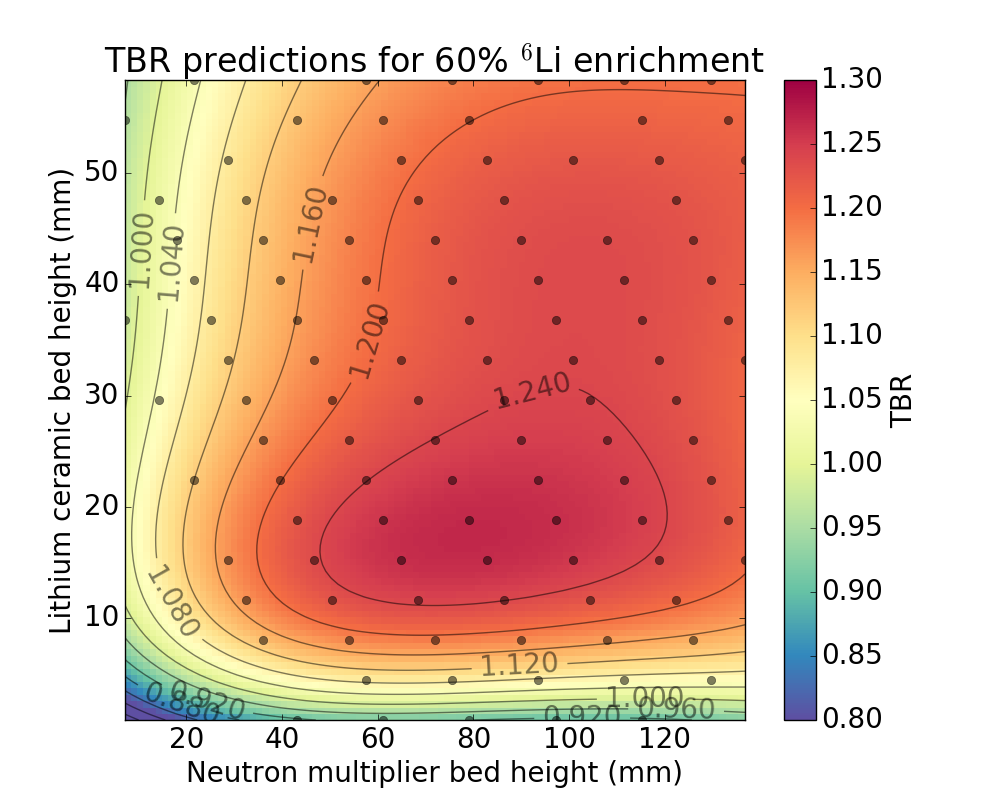
Text
Tritium production
Li4SiO4 at 60% 6Li enrichment with Be
Energy amplification
Li4SiO4 with 60% 6Li enrichment and Be12Ti
Procedure for obtaining volumetric heating
- Neutron and photon heating simulated and results passed to engineering codes
- Parametric CAD models created using Python scripts and automatically converted to neutronics models
- Unstructured mesh applied to the geometry

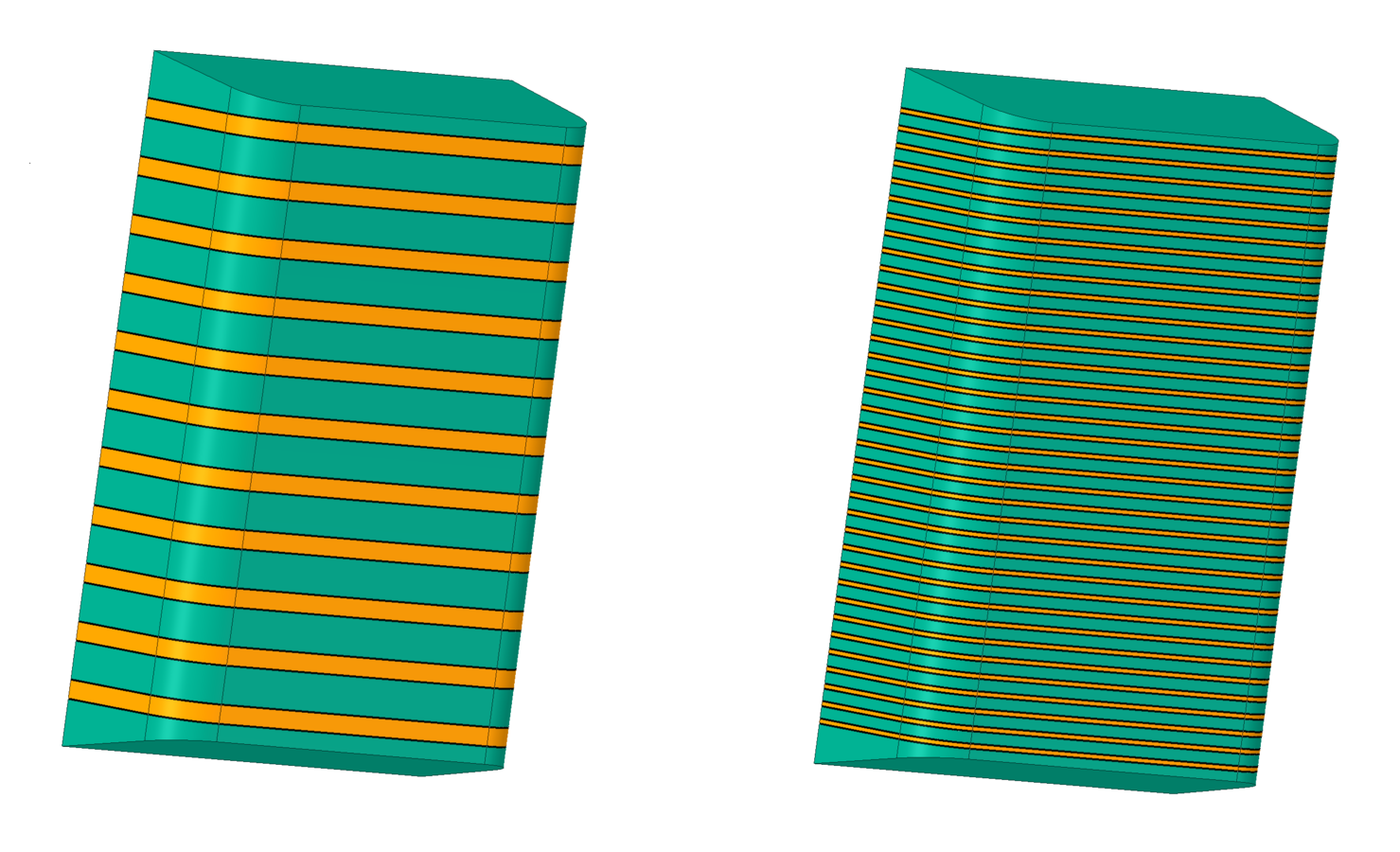

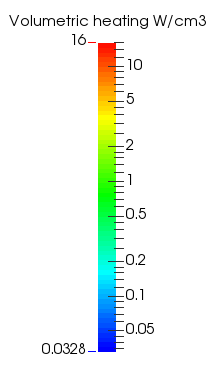
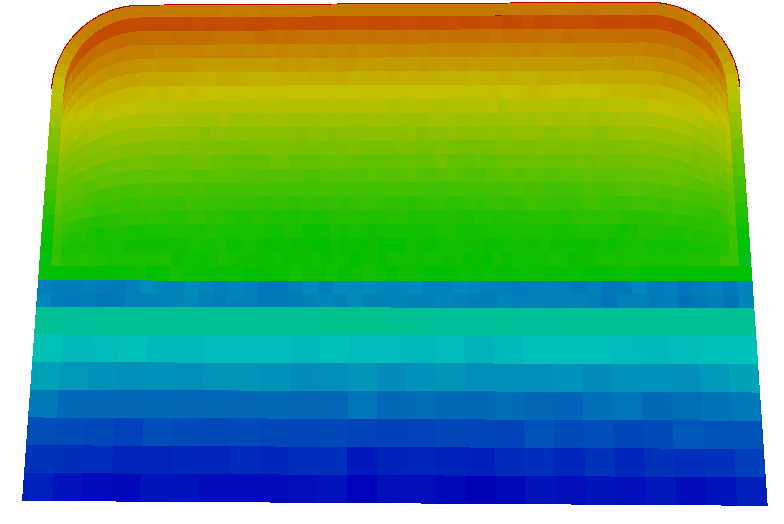
Automated CAD models for different blanket geometries
HCLL blanket design with 90mm and 180mm lithium lead sections
Automated CAD models for different blanket geometries

HCLL blanket design showing cooling channels in the first wall
Additional details - cooling channels
y
Automated hex and conformal tet meshing

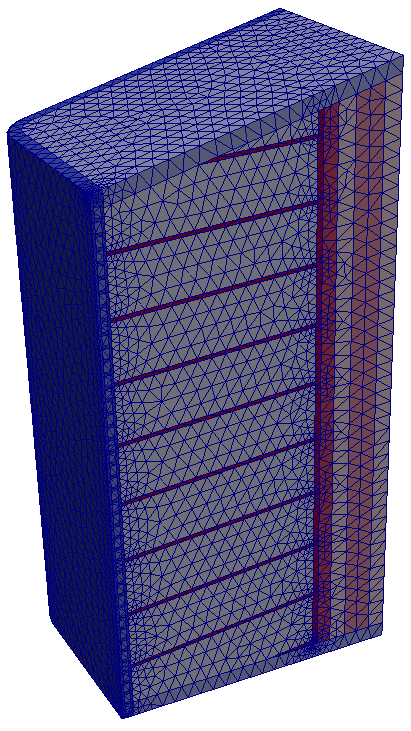
Neutronics mesh
Engineering mesh
Data mapping from hex to tet mesh
Neutronics mesh simulation results
Engineering mesh interpolated values
Meshing
Fully automated hex meshing of the geometry to abaques format for use with MCNP 6 unstructured mesh

Volumetric heating
Heating values obtained on unstructured mesh that conforms to material boundaries.

y

Volumetric heating
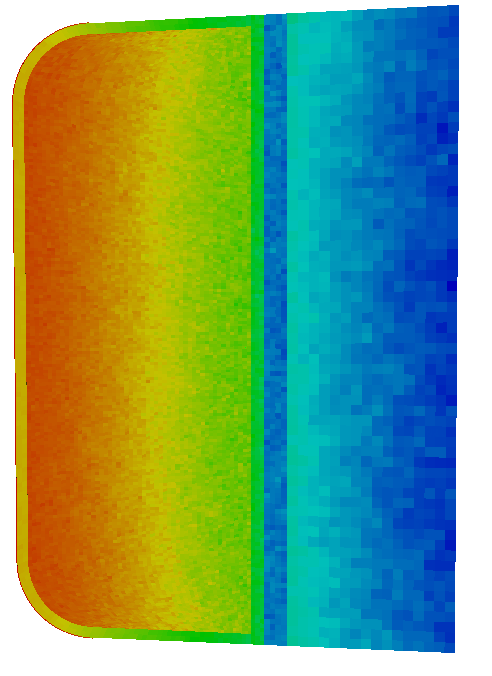
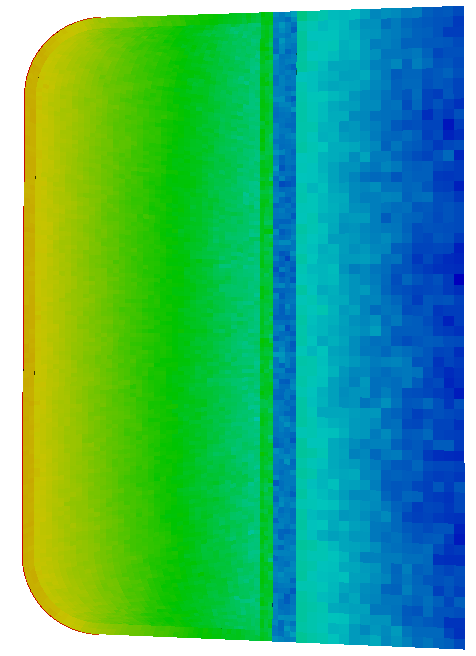
Li4SiO4
Be12Ti

| Component | Be12Ti | Be |
|---|---|---|
| Lithium ceramic | 15.9 | 17.2 |
| Eurofer first wall | 6.2 | 5.8 |
| Tungsten armour | 28.1 | 26.4 |
| Neutron multiplier | 4.8 | 5.0 |
Heating W/cm3
with 60% 6Li enrichment
Automatically identifying regions


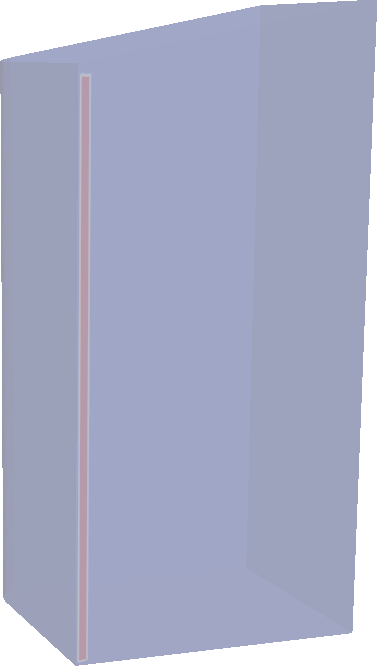
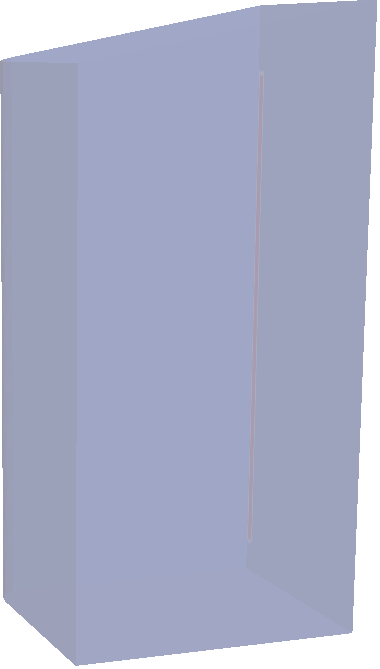
First wall heat flux
Coolant outlet
Coolant inlet
Current work
- Moving simulations to the cloud. This will allow high throughput, high performance and simulation on demand.



S3 storage
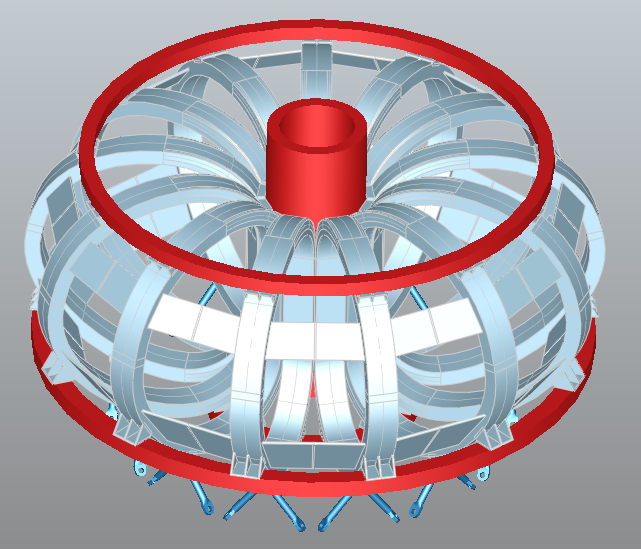
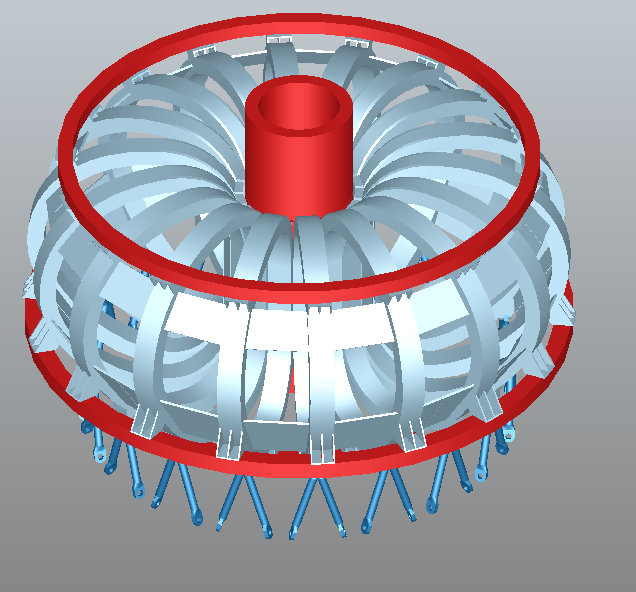
Parametric DEMO reactor
18 coils
- Magnetic equilibrium solved
- Plasma ripple kept below limit
- Model includes
- poloidal field coils
- toroidal field coils
- gravity supports
- intercoil connections
16 coils
- detailed breeder blankets
- detailed breeder blankets
Produced using an early
version of Nova by S McIntosh
Parametric DEMO reactor
Nova Produced by S McIntosh
Parametric DEMO source
TBR Tallies in Serpent using STL geometry
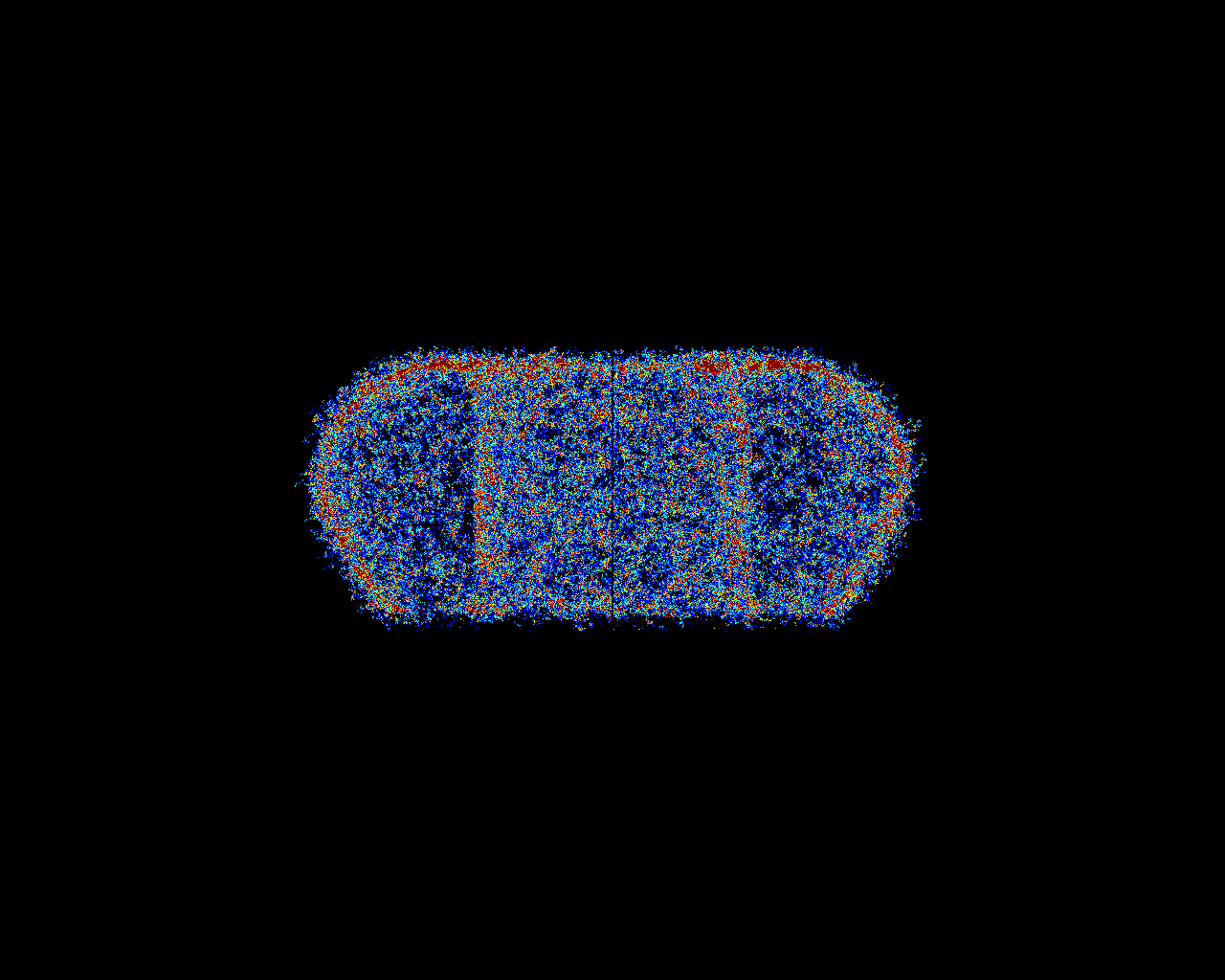
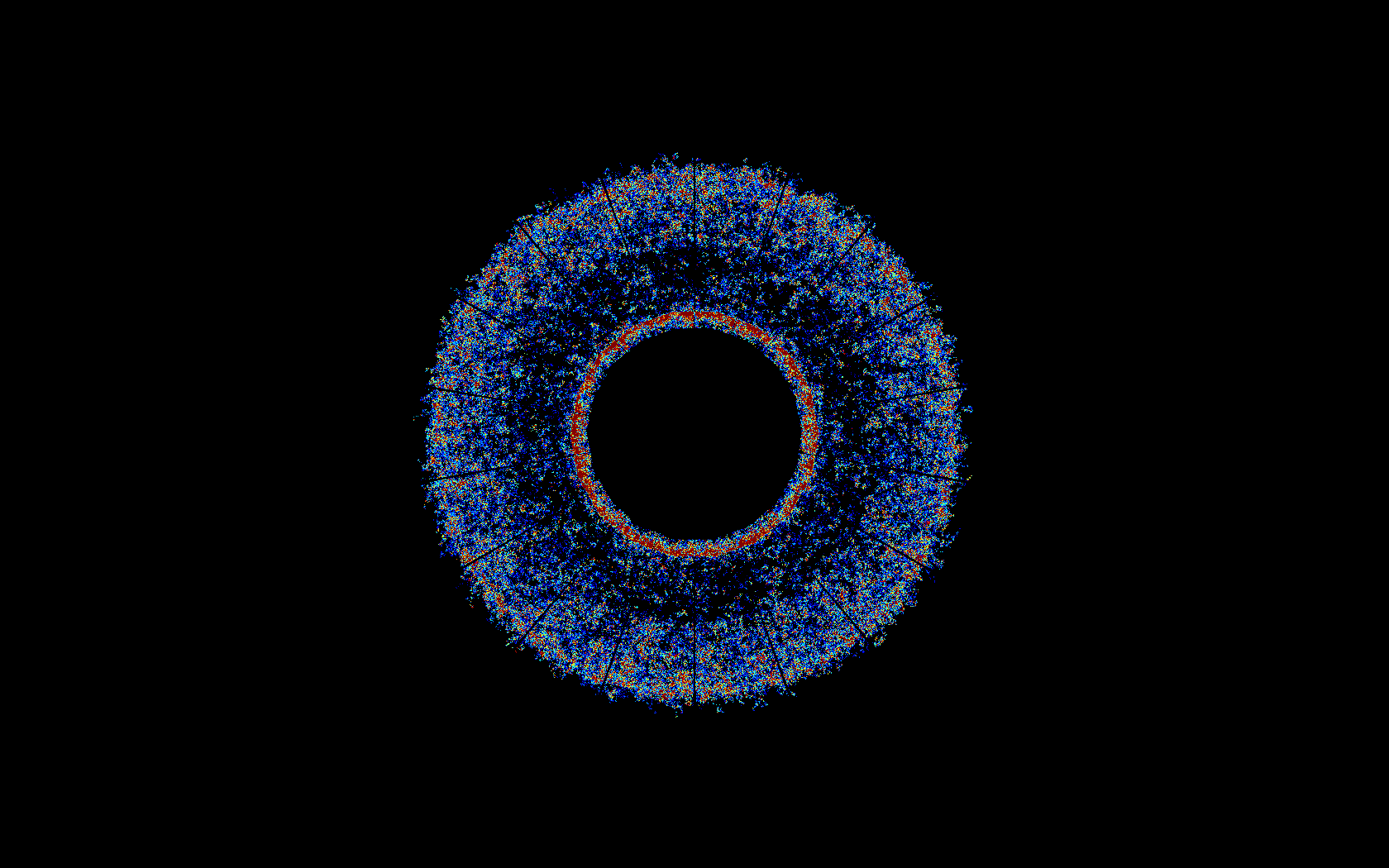
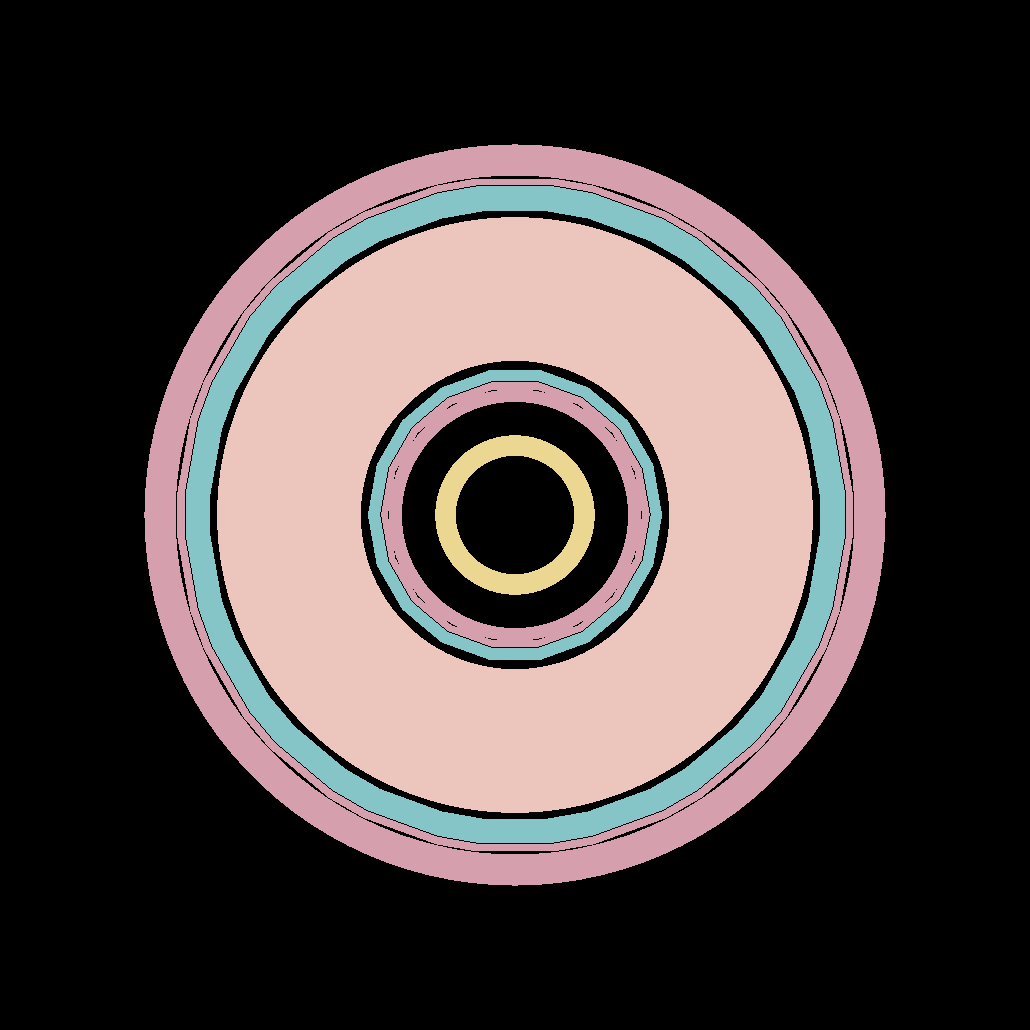
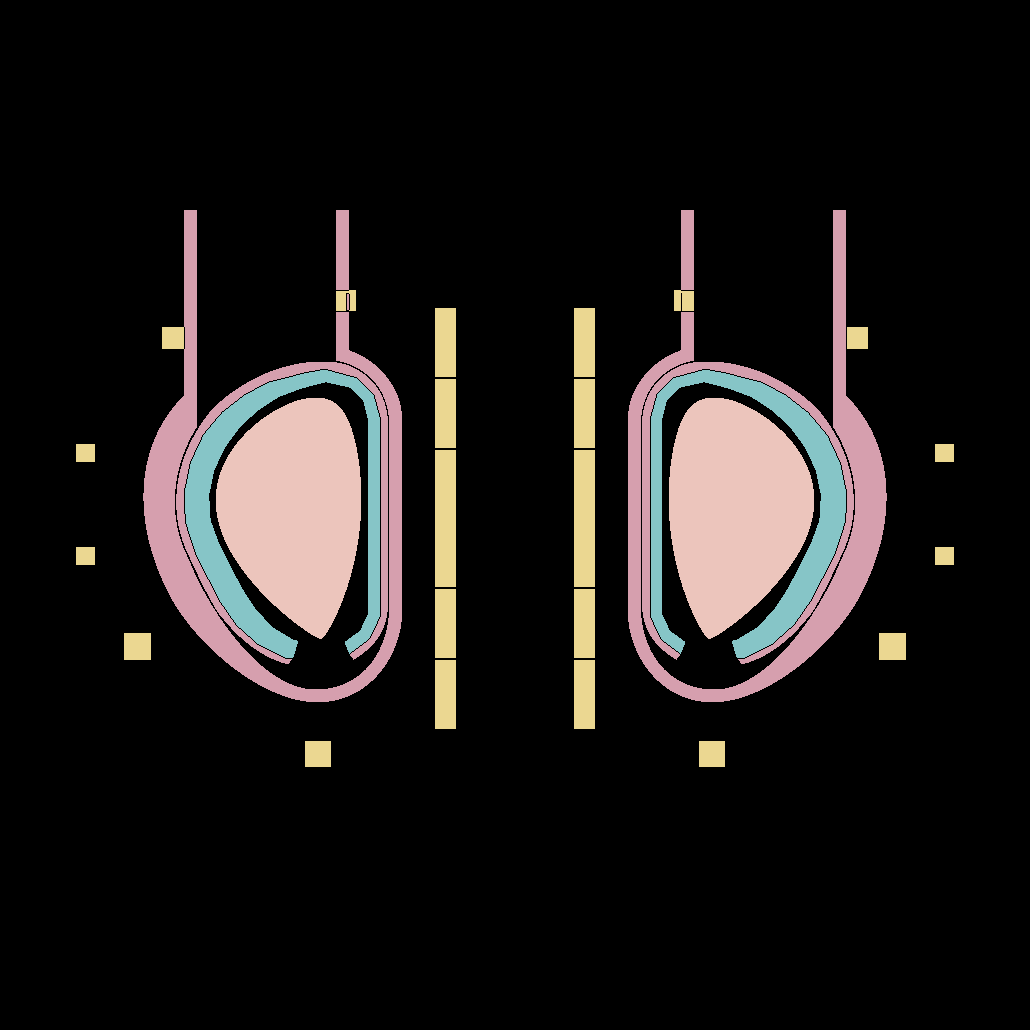
Conclusion
- Multi-parameter optimisation will be used to find blanket designs that merit future investigation.
- The approach to coupling neutronics inputs to engineering simulations has been overhauled
- Future work will include automated simulations to obtain stress and temperature of materials


L. Lu
Y. Qiu
P. Pereslavtsev
A. Haussler
F. Hernandez
C. Zeile
G. A Spagnuolo
Acknowledgments
S. McIntosh
L. Evans
T. Eade
S. Ha
S. Merriman
T. Barrett
A. Burns







J.C. Jaboulay
J Aubert


Funded by Eurofusion
Current research progress
By Jonathan Shimwell
Current research progress
CCFE student presentation 2016
- 509


